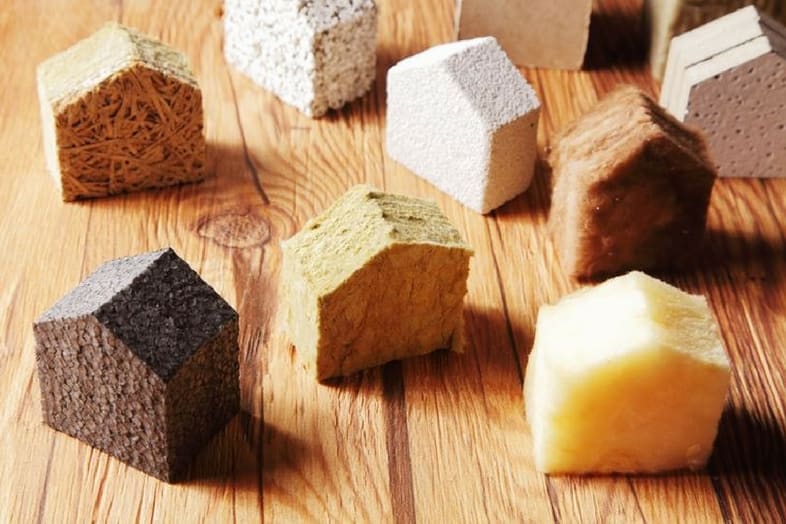What is insulation material?
Insulation material are materials of various kinds designed to reduce or prevent the transmission of heat, sound, electricity or other forms of energy from one place to another. These materials are used in a variety of applications for different purposes, depending on the type of insulation and the area in which they are used.
What is insulation used for?
Insulation inside a building perform very important functions, i.e. they serve to mitigate the transmission of heat and/or sound and contribute to the durability of the building and therefore create better comfort, energy efficiency and environmental quality.
What are the insulation materials in construction?
There are many insulation commonly used in construction and are used depending on the performance you want to achieve and more. Each of them is present in different formats, densities, weight, performance and costs. Below we list some of them:
Wood fibre: Wood fibers are obtained from virgin or recycled wood and are used as thermal and acoustic insulation;
Glass wool: Glass wool is a lightweight, flexible insulation material made from woven glass fibers;
Rock wool: Similar to glass wool, rock wool is made from mineral fibers extracted from volcanic rock or molten minerals;
Cellulose-based insulation: This type of insulation is made from recycled paper that is chemically treated to improve its fire-retardant properties and resist insects;
Mineralized fir wood fibers bound with cement: it is a very rigid insulation and due to its shape it has excellent acoustic efficiency;
Expanded polystyrene (EPS): Expanded polystyrene is a light and rigid thermal insulation also known as polystyrene;
Polyurethane (XPS): Polyurethane is a rigid or foam insulation material known for high thermal efficiency.
What are the differences between these insulations?
The differences between the different insulation used in construction concern primarily their conformation but also their thermal, acoustic properties, costs and specific applications.
Sustainability: Some insulation, such as wood fibers, glass/rock wool and cellulose, are made from recyclable materials, while others may have a greater environmental impact. The choice of an insulation that meets sustainability criteria, i.e. CAM, is nowadays an obligatory choice for public works.
Specific Applications: Some insulations are better suited to certain applications. The choice of material depends on the specific needs of the project, geographical location and local building codes.
Acoustic Efficiency: Some insulatoions are more suitable for this purpose, especially if they have a porous surface that is able to absorb sound. XPS and EPS are poorly suited for this purpose.
Thermal Efficiency: Also in this case there are insulations more or less suitable for this purpose. Wood fibre and rock wool have excellent performance.
Fire resistance: In commercial and public buildings there are specific standards and performances to be respected. Rock and glass wool are insulations that are perfect for this purpose.
Costs: Costs vary greatly based on the type of insulation, its production technology, its format and its thermal and acoustic performance.
The choice on the type of insulation to use in a building is not such an obvious choice, because there are many variables to take into consideration. Thanks to the vast range of products and performances available, the use of various insulators inside a building is common. However, it is essential to take care of these aspects during the design phase to obtain the best performance for a given project.
We at Grosso Legnoarchitetture know the differences between the various insulators well and can advise you on the most suitable product for your wooden house. Don’t wait any longer, contact us to find out more!
